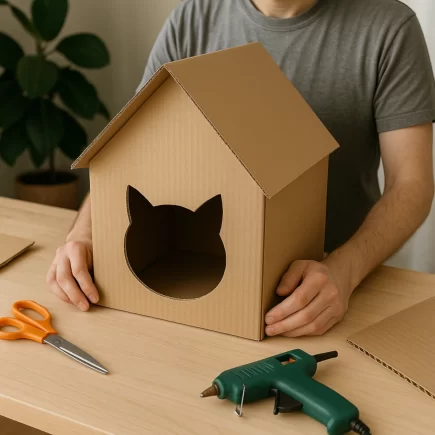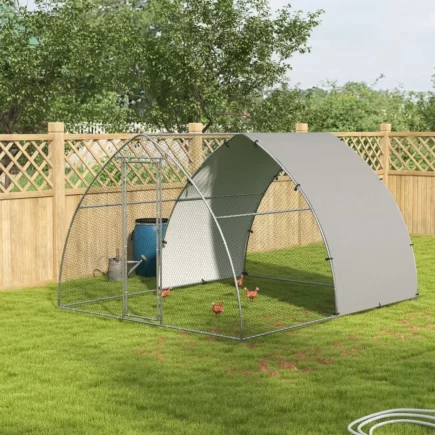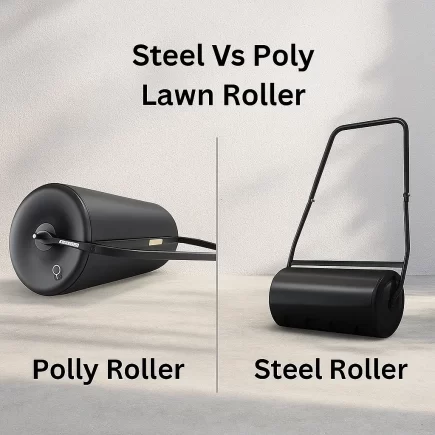Carports are a valuable investment, but there are times when you may need to relocate yours. Whether you’re reconfiguring your property, upgrading to a larger structure, or simply moving to a new home, relocating your carport doesn’t have to be complicated. With the right steps, tools, and preparation, you can move your carport efficiently and safely.

In this step-by-step guide, we’ll walk you through everything you need to know about moving your carport, from assessing if it can be moved in one piece to reassembling it at its new location. We’ll also highlight useful tips and recommend products to help make the process easier. Let’s get started!
Common Reasons for Moving a Carport
- Reconfiguration of Property: If you’re redesigning your outdoor layout, perhaps to make room for a garden, new driveway, or expanded outdoor living area, relocating your carport might be necessary.
- Upgrading to a Larger Carport: When upgrading from a smaller or temporary carport to a larger, more robust structure, moving the existing carport can allow for continued use while the new one is being set up.
- Changing Weather or Environment: If the current location of your carport is subject to extreme weather conditions, such as high winds or flooding, moving it to a more sheltered location may extend its lifespan and improve functionality.
If you’re looking for a lightweight carport that’s easier to move, the Outsunny 10′ x 20′ Party Tent and Carport is a great option. Its design offers easy relocation with minimal effort while still providing solid protection from the elements.

Key Considerations
- Size of the Carport: Smaller, lightweight carports can typically be moved as a whole, whereas larger, more permanent structures may require disassembly.
- Material: Metal carports are often heavier and more difficult to move without disassembling. On the other hand, fabric or tent-style carports are much easier to move in their entirety.
- Condition of the Carport: Check if the structure is in good condition. Rust, loose bolts, or other signs of wear and tear can complicate the process. If the carport is heavily worn, it might be more practical to disassemble and move the parts separately.
Legal Considerations and Zoning Regulations
Before starting any relocation project, it’s critical to check whether you need a permit and understand local zoning regulations.

Things to Keep in Mind
- Permits: Depending on your area, you may need a permit to move or reassemble your carport, particularly if the carport is anchored or used as a permanent structure.
- Zoning Laws: Local zoning ordinances may dictate where you can place your carport, including restrictions regarding distance from property lines or other structures.
Check with your local municipal or county office to get the correct information about zoning laws and permits before beginning the move. Having this information will prevent potential fines or delays.
Choosing the Right Time for the Move
Timing can play a significant role in the ease of your carport relocation. Planning the move at the right time ensures the process is as smooth as possible.
Timing Considerations
- Best Seasons: Ideally, you should plan your move during mild weather. Spring and fall are often the best times to move, as these seasons offer moderate temperatures and less chance of extreme weather events.
- Avoiding Rain and Snow: Moving a carport during wet conditions or extreme heat can make the process more difficult. Wet ground can make it harder to transport heavy materials, while high heat can cause materials to warp or become damaged.
For a sturdy and weather-resistant option, the Outsunny 12′ x 20′ Metal Carport offers both durability and ease of installation, making it a good choice for longer-term use and relocation.

Preparing the Carport and New Site
The first step in moving your carport is to prepare both the carport and the new site where you plan to install it.
Preparing the Carport
- Assessing the Condition: Before disassembling or moving, inspect the carport for any damages such as rust, loose bolts, or damaged components.
- Disassembly (if necessary): If your carport needs to be disassembled, carefully follow the steps in the manual to remove the roof, frame, and any other components. Organize the parts for easy reassembly at the new site.
Preparing the New Site
- Level Ground: The new location should have a level surface to ensure the carport is stable once reassembled. Use a shovel or leveling tool to adjust the ground.
- Clearing the Area: Remove any rocks, debris, or vegetation that could interfere with the carport’s structure.
- Drainage: Ensure that the site has proper drainage, so water doesn’t pool around the carport.
When selecting a new location, the Outsunny 10′ x 16′ Carport could be a great fit for smaller or temporary setups. It’s designed for flexibility, making it a great choice for those who might need to relocate the structure later on without requiring a permanent foundation.

Gathering Tools and Safety Gear
Moving a carport requires specific tools and safety gear to ensure everything goes smoothly and safely.

Tools You’ll Need
- Wrenches and Screwdrivers: For removing bolts and screws.
- Drill: For disassembling or reassembling the carport.
- Level: To ensure the carport is aligned properly.
- Lifting Equipment: A hand truck, dolly, or forklift for larger parts.
Safety Gear
- Gloves: To protect your hands from sharp edges.
- Steel-toed Boots: For foot protection when lifting or handling heavy components.
- Helmet: To protect against falling debris or parts.
- Reflective Vest: If working near traffic or in low visibility areas.
Disassembling the Carport (If Necessary)
If you have a larger or more complex carport, it’s likely you’ll need to disassemble it before moving. Here’s how:

Disassembly Steps
- Remove the Roof Cover: If your carport has a fabric canopy, start by removing the cover. Be gentle with the material to avoid tearing.
- Disconnect the Frame: Unscrew all the bolts and joints securing the frame. Label each piece for easy reassembly.
- Remove Sidewalls (If Applicable): If your carport includes sidewalls, carefully remove them and store them separately.
Transporting the Carport Components
Once disassembled, it’s time to transport the carport to its new location. Here are a few tips:
- Secure the Parts: Use straps, ropes, or tie-downs to secure each component to a flatbed truck or trailer.
- Protect Fragile Parts: Use moving blankets or padding to prevent damage during transport.
- Keep Parts Organized: Keep all the screws, bolts, and tools in one container to avoid losing them during the move.
Reassembling the Carport at the New Location
Once your carport is at its new location, it’s time to reassemble it.

Reassembly Steps
- Reattach the Frame: Start by reassembling the frame. Ensure that each joint is properly aligned and securely tightened.
- Install the Roof: If the carport has a metal or fabric roof, install it onto the frame.
- Attach the Sidewalls (If Applicable): If you have removable sidewalls, install them to provide additional shelter from the elements.
- Check for Alignment: Use a level to ensure that the carport is aligned and stable.
Securing the Carport and Final Adjustments
Proper anchoring is essential to ensure your carport remains stable. Here’s how to do it:
- Anchor the Structure: Use ground stakes, expansion bolts, or anchors to secure the carport to the ground.
- Recheck Stability: Ensure that all components are securely fastened and that the carport is level.
Troubleshooting Common Issues During the Move
During the move, you may encounter some issues. Here’s how to address them:
- Misalignment: If parts don’t align correctly during reassembly, adjust the frame to ensure it is level and square.
- Missing Components: If parts are lost, check the manual for replacements or contact the manufacturer for assistance.
- Stability Issues: If the carport is unstable, recheck the anchoring points and reinforce the frame.
Enjoying Your Carport in Its New Location
Once your Carport is reassembled and securely in place, it’s time to enjoy it in its new location. Whether you’re using it for parking, outdoor storage, or as a recreational space, your carport will provide reliable shelter for years to come.
FAQS
1. What should I do if my carport is too large?
If your carport is too large to move with a regular vehicle, consider renting a trailer or flatbed truck capable of carrying heavy and bulky components. You may also hire a professional moving company that specializes in large outdoor structures for safe transport.
2. Can I move a carport if it’s installed on a concrete slab?
If the carport is anchored to a concrete slab, it’s more complicated to move. You may need to break the anchor points or slab and reinstall the foundation at the new site, which could require professional help.
3. Can I move a carport attached to the house without disassembling it?
If the carport is attached to the house, moving it as a whole can be difficult and may require detaching it from the structure. It’s often easier and safer to disassemble the carport before relocating it to avoid causing damage to both the carport and the house.





























